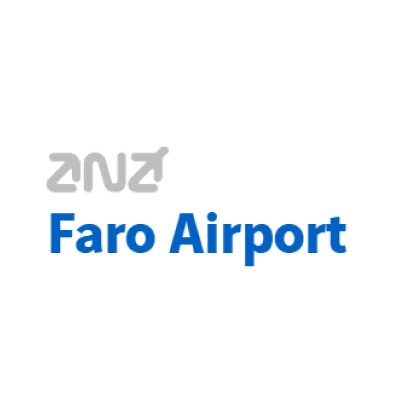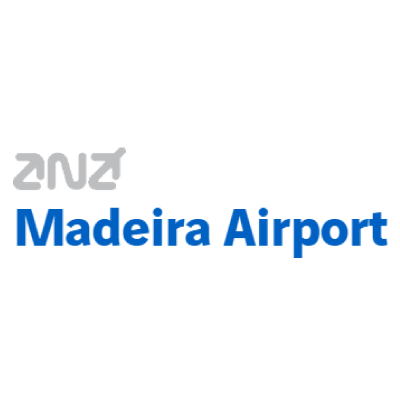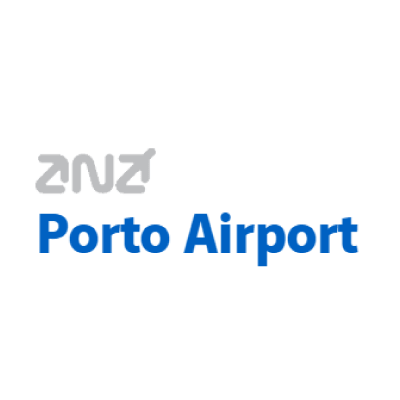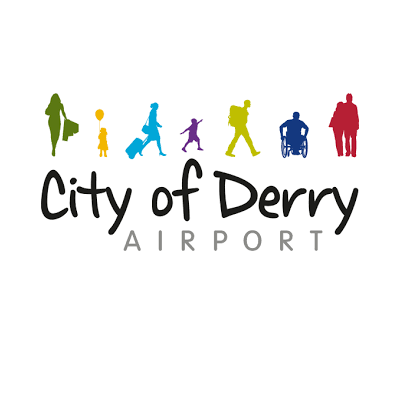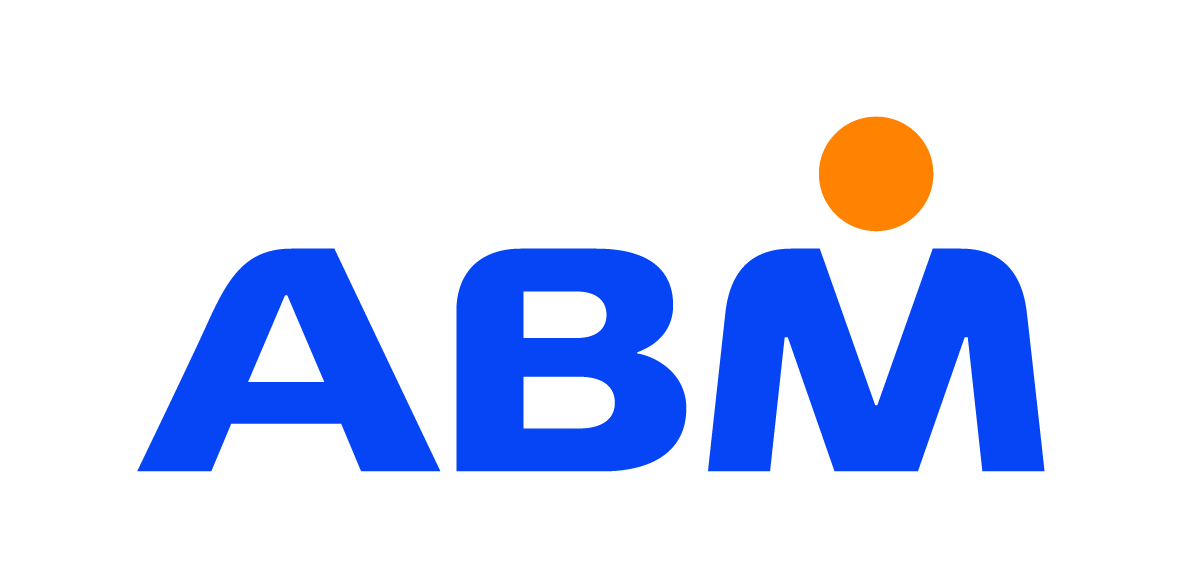Social media advertising is paid content on a social network such as Facebook, YouTube, Twitter and Instagram. From one-off ‘boosts’ to full-scale budgeted campaigns, the possibilities are vast. But with many aspects of social media completely free of charge, what are the benefits of advertising and how can you ensure a strong ROI?
Social media’s paid advertising model is the fastest growing sector in online marketing. At the end of 2014 more than 80% of U.S. marketers were using promoted Tweets, and in 2016, total promoted Tweet engagement was up 91% year over year. In the first quarter of 2018 Twitter’s ad engagement was up 69% while cost per engagement dropped by 28%. Add to this the fact that Facebook earned $13.2 billion in the first quarter of 2018, a 42% increase year over year, and it becomes clear that this is big business.
Using Facebook as a Model for Targeted Advertising
Whilst it is possible to build a dynamic web presence without using ads, organic engagement in brands and products is declining. Targeted marketing will reach a targeted audience, and social media advertising remains a low-cost option.
Facebook has an active user base of around 2.32 billion people, and 66% of them use the social platform every day. That’s compared to 1 billion Instagram users, and 326 million Twitter users, making Facebook the major player in the online marketing sphere.
As travel and destination brands focused in on user-generated photos and videos in recent years, Facebook-owned image sharing site Instagram saw a sharp rise in popularity with travel marketers. But Facebook is still a great place to share visual content for many reasons:
- ‘Facebook’ is the world’s most used search term. The site is still gaining users, and people log in to Facebook more than any other social platform
- The average American spends nearly an hour every day on Facebook, reading, posting and sharing news, photos, videos and other content
- 88% of users access Facebook via a mobile device. This is in line with the trends in travel booking and airport app use and creates a logical digital bridge between advert and conversion
- 50% of 18 and 19-year-olds and 42% of millennials think social media is the most relevant channel for ads, according to Adobe’s State of Digital Advertising 2018 report. These young people rate experience over material items and they have both an interest in travel and the disposable income with which to embrace it. They’re also the people most likely to be sold on a destination by influencers or posts shared by friends
- By the end of 2017, Facebook advertisers had increased their spending 49%, to just under $40 billion, and that growth continued through the first quarter of 2018
- In 2015 there were 45 million active Pages, but only around 2.5 million of these were investing in Facebook ads. While ad load slowed in 2017 with the increased interest in other platforms and with the decline of traditional retail, Facebook’s targeting functions (also available on Instagram), still offer a valuable way to boost brand visibility in 2019. This is demonstrated by the fact Facebook’s revenue per user has doubled in the last 3 years.
Options for targeting
The targeting options also give a useful introduction to the sort of detail you should look out for in your own customer data in order to run personalised and well-targeted e-marketing campaigns.
Hobbies and Interests
One of the first options offered in Facebook targeting is to define the interests of your audience. For example, a ski resort or a holiday destination offering sporting activities would target travellers who are interested in fitness, sport, wellness and outdoor activities. If you want to attract an audience interested in a specific sports event to sell flights to that destination, you can select that by typing it into the ‘interests’ box.
Career profile or company
In the same way that you can use Linkedin to target professionals, and many brands will use the platform for specific HR-driven or B2B campaigns, Facebook allows you to target users according to their job title, employer or industry. This can be a useful tool for a travel brand that wants to target employees or former employees from a known company or with certain job titles.
Relationship status
The relationship status of a customer or prospect offers a massive insight into their lifestyle. For a hotel brand wanting to reach out to couples seeking a romantic break, or destinations targeting families, this option is a no-brainer.
Generation
It is sometimes more convenient to target a particular generation than to focus on age-range. This is particularly true when combining generation with interests and behaviours, for example, when targeting millennials and those interested in travel, or millennials who use a certain type of device to access the Internet.
Meaningful life event triggers
This is Facebook personalisation at its finest. It’s important to ensure people don’t feel their privacy has been compromised, but at the same time, targeting users according to publicly available life events is a valuable marketing option. If a user has just updated their status to, ‘In a relationship,’ you can start targeting them with couple’s holidays.
Type of device
Given the huge number of people who access the Internet via a mobile device, it makes sense to target customers through various filter options, particularly if your airport wants more engagement on its mobile app.
Type of traveller
For airports and destinations, the most useful feature is obviously the potential to target people who are interested in travel. The ‘travel’ category can be further segmented into interests including theme parks, adventure travel, beaches, cruises, lakes, mountains or hotels. Targeting can be further refined according to user behaviour. Aim for people who are frequent holiday or business travellers or have recently returned from a trip or checked in at an airport.
Household demographic
Target families relative to the age of their children. One family might respond to an offer for a weekend away with special childcare facilities and spa treatments, whilst those with older children will enjoy an all-inclusive resort or activity holiday.
Facebook offers a world of targeting possibilities. Test out your marketing segments with specific targeted audiences, and expand when you see positive results. More on this later…
YouTube’s 6 Second Adverts
According to a recent survey, 47% of consumers say that they now get most of their video content on Facebook, whilst 41% usually watch YouTube. And 71% of those who watch marketing videos on Facebook state that the ads they view are relevant.
However, YouTube has recently overtaken Facebook, knocking it off the second place spot in the ‘world’s most visited websites’ ranking. In 2016, when it was back in third place behind Facebook, YouTube accounted for 20.9% of all video advertising revenue in the U.S. and revenue continued to rise, jumping 11% in 2018, largely due to repeat business from advertisers.
This is a story of adaptability. Since its launch in 2005, YouTube has moulded the monetisation of social media. The company, which was bought by Google for $1.65bn in 2006, has been developing advertising strategies along with partners including Disney, Univision and Channel 4. By 2011, 94 of Adage’s top 100 advertisers were running campaigns on YouTube.
Initially, YouTube users encountered one of two kinds of ad. There were the adverts they could skip after 5 seconds. These are a minor irritation and if placed contextually it’s quite likely that the user will view without skipping. There were also the longer ads, videos of around 30 seconds with no option to skip. These long-form adverts hark back to television advertising where viewers are passive.
However, YouTube understood that for a mobile user who is actively browsing short videos, long adverts represent an intrusive experience, and in 2016 the company unveiled a pioneering new concept; the six second ad.
Attention spans of online video viewers are short, and getting shorter (down to 8.25 seconds in 2018) so the new format responds to the question: If YouTube already allows the viewer to skip a long-form ad after five seconds, how would you reach people if that was all you the time you had?
Bumper ads
Since 2016, the six-second bumper ads have become a core part of YouTube’s pitch to advertisers. A post on Google’s AdWords blog notes that in 70% of cases, bumpers have achieved a significant lift in awareness of the brand – ‘significant’ being an average increase of 9% in Google’s terms. On ad recall, Google reported an average bump of over 30%.
Rising to the challenge of storytelling
Creative advertisers are enjoying the challenge presented by the six-second limit. Thinking in terms of images rather than words, there’s an excitement as to how much can be said in such a small time, and how powerful a compacted message can be. Images are incredibly powerful. The eye can process images much more quickly than words. In six seconds, a fast paced video with strong imagery can convey a lot of information and be very effective.
Advertisers quickly learned that it’s not necessary to tell an entire story to evoke emotion, and that one word or one image can spark many thoughts and feelings leaving the viewer with the desire to know more.
How to make bumpers work for you
The trick with these six-second ads is to maximise those six seconds. This will need a completely new approach. Simply cutting down a longer advert will not have the impact. There needs to be a new starting point, an image, a punch-line or an emotion. Create your story using a series of vignettes, use music, voiceover and emotion to promote a clear message. Use simplicity, strong visuals and the fundamentals of good storytelling, and leave some things up to the viewers’ imagination.
This is a real opportunity for advertisers to take chances and be creative, not least because the purpose each type of ad serves can now be clearly divided for reach and awareness, or for deep-level engagement.
Social Media Advertising for Travel: 5 Steps to Success in a Growing Market
As we’ve already seen, social media and its advertising capabilities are constantly evolving. Fortunately for marketers, as social platforms become established, the principles for successful advertising are stabilising.
The travel industry is uniquely placed to exploit these opportunities. Younger generations are focused on the value of experience over material possessions, and this trend is strengthened by the fact that more than half of the world population is under 30 (50.5% in 2012 according to UNESCO).
These five principles are emerging as key to success in social media advertising:
1. Know your customer
Social media engagement is about listening and responding to conversations across social channels. Yes, people want great experiences, but they don’t want the same experience as everybody else.
Online tools such as the integrated website solutions and CRM software offered by Rezcomm create a powerful opportunity to capture and analyse big data, enabling a clear view of your customer, strengthening the potential for targeted, personalised advertising.
2. Measure your results
Make full use of analytics tools like Facebook Insights provided by social media platforms. Your aim is to derive actionable information; what works and what doesn’t. Use free social media postings to beta test, tracking which of your daily posts and Tweets are already attracting the most engagement. The high-performing posts that already resonate with your customers form the blueprints for successful ads. You can further measure responses by sending out sample ads to small groups of people.
3. Mobile in mind
88% of Facebook users in 2019 are accessing social media on their mobile. In 2018, 52% of worldwide online traffic was generated via mobile phones, and by 2019 the number of mobile ecommerce transactions is expected to exceed desktop for the first time ever. According to Trekksoft, 45% of U.K. consumers and 48% of U.S. travellers are confident researching, booking and planning their entire trip on a smartphone.
Mobile is no longer a trend; it is integrated into the fabric of everyday life governing how we interact socially and how we consume. It is therefore vital to create advertising that looks good and works seamlessly when viewed on a mobile device.
Another mobile feature of growing importance is the app. Back in 2010, Lufthansa Airlines created a social media app called MySkyStatus that allowed passengers to update their social media profiles with flight times, locations and even altitudes whilst airborne. Each update linked back to the airline’s MySkyStatus page meaning passengers were actually promoting the airline to followers during their flight. This campaign is old news but it’s a great example of how an app can create free advertising. In 2019, as more people use mobile by default, customers actually prefer apps to mobile websites, and it is vital for airports to keep up with that expectation.
4. Understand how ads are sold
Different social networks sell their ads using different pricing models. While Facebook offers the option of paying per impression (when an advert appears in an individual’s newsfeed, whether or not it receives a click), Twitter charges on an engagement only basis. Each time a user takes an action such as a click or a re-Tweet, a fee is generated. If you’re paying every time a user clicks on your Tweet, you’d better make sure the click-through content captures their interest. Draft clear Tweets that will attract genuine potential customers to your site, and avoid ‘link-bait’ type text that will increase your spending without clear return.
-
- The power of video*
Video creates an unparalleled opportunity for storytelling and customer engagement. Airports can learn from the way travel, and in particular destination marketers have exploited the medium. By monitoring user-generated content and repurposing it for newsletters, websites or other social media accounts, marketers are involving their customers in an immersive experience. And video doesn’t have to be expensive thanks to technologies such as smart phones and drones, and free apps that can be used to create slideshows, with or without narrative.
- The power of video*
Using your airport’s customer data for social media adverts
Rezcomm’s world-class ecommerce platform offers detailed insights into customer demographics, allowing airports to fully harness the power of social media advertising. Advertising is no longer about pushing offers and discounts with catch-all slogans, it’s about getting to know your customers, engaging them in an interactive, immersive way, and in giving them something meaningful.
When your airport is investing in Facebook advertising, it’s important to know how to maximise ROI by making sure that adverts are only seen by the audience for whom they are intended. Rezcomm provides the data gathering tools needed to create highly targeted adverts, taking the guesswork out of ecommerce for airports.
The process is simple. Marketers can import customer email addresses into Facebook from Rezcomm’s CRM system. Facebook then pairs this data with the email addresses of its users. Here’s the fun bit: When your lists have already been segmented into different audiences before importing to Facebook (detailed segmentation is one big advantage of Rezcomm’s tools) your advertising will be much more targeted and therefore effective.
Getting Started
- Using Facebook Power Editor choose ‘Custom Audiences’
- Create Audience’
- Add a name, a description, and click ‘choose file’ to upload your list. Select ‘emails’ as the type of data you want to match up. This gives you an audience that you can use in any ad campaign. You can make the parameters of your campaign even more specific by opening a custom campaign and selecting ‘audience’.
- Finally, input an excluded audience to make sure that only the people you want to see your campaign see it.
Now your advert is set up, let’s look at how to maximise engagement by segmenting the data in your CRM system based on customer behaviour and demographics, and which groups of people to target:
Repeat Customers
Use your airport’s CRM system to export a list of customers who have made multiple bookings. These repeat bookers are already loyal to the airport brand and are more likely to become brand ambassadors by sharing the offers you’re promoting and acting on them to make a purchase.
There are four key things to think about before targeting repeat bookers:
- What do customers love most about your airport/what are your unique selling points (USPs)?
- What do you most want people to share?
- How can you encourage people to share your content?
- What’s going to engage your best customers just as much as it excites new buyers?
New customers
If you’re running a campaign to attract new parking customers you don’t want it to be seen by people you’ve already worked hard to win over. Upload a list of your existing customers and hide your ads from everyone on that list. Every person that sees your ad is now guaranteed to be a new prospect; someone who has never used your car park.
Buyers who haven’t subscribed
When a customer buys from your airport but doesn’t agree to sign up to your newsletter, you can’t send marketing emails to that person without breaking data law. However, you can upload their email address as part of a Facebook custom audience. This means you can still target that customer with a like campaign or adverts designed to show them the great content and offers they’re mission out on.
Local customers
Segment by postcode to create a custom audience of people who live near your airport. You can then target these people with neighbourly offers like discounts on parking or lounge or encourage them to #FlyLocal.
Business travellers
People who spend one night or less in a destination on multiple occasions are likely to be your business travellers. Use your airport CRM to export a segment based on repeat bookers with a short trip duration, then target them with offers on business routes and give them reasons why flying is better than rail travel.
What to Target
Month
Segment lists into months to take advantage of anniversaries. Suggest ideas for places to go for a customer’s birthday, or remind them that it’s been a year since they were thinking of booking their last holiday. These ads can be even more focused by segmenting them into age or gender to suggest holidays they’re more likely to find appealing.
Product
Support up- and cross-selling by targeting customers who have bought parking but not lounge and haven’t travelled yet. These customers can then be shown ads that focus on selling them lounge or other ancillary products and services.
Destination
Share location highlights to remind your customers of the memories they made on their last trip and increase the chances of them sharing your advert with a friend.
**Rezcomm’s provides pioneering ecommerce solutions for the airports and venues. To find out how we can help to reach more passengers and make more sales with customer segmentation and targeted marketing, contact the team today. **

